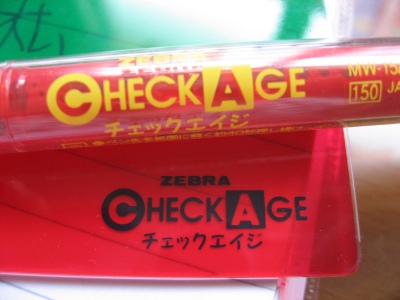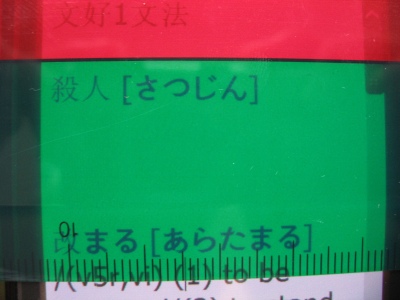Actually, I don’t really know if I’ll make it to N1.
What am I saying? I didn’t even know that I’d make it to N2??
And that being an honest evaluation of my skills. Nevertheless, God seemed to see me fit and prepared for a job in Japan.
So here I am. Missing waking up at 8:00 AM with no hurry, and
working and stumbling through my daily conversations.
The great thing about Japanese people is that they’re so good at reading people you don’t even have to say a word and they’ll know what you wanted to see (this being a hyperbole of course). I mentioned that to my boss and he retorted that yes, that may be true, but the downside of it is that there’s a lot of room for miscommunication. Got to write that tip down!
Just when I was thinking,
even though I’d fail N2, I’d still go on ahead and study for N1.
It’s a miracle! So that got me thinking, many times and as I’m hearing from many people and even from myself, something as impossible for a non-native speaker who didn’t get to live in Japan, just someone who loves to learn the language, and that someone passed N2, kind of placed the N level in perspective.
The stretch might seem long. The kanji may number in the thousands. The grammar may seem unending. The words may not stick as you’d want them to. But let me assure you, that
kanji though undeniably many, is finite.
Grammar is your friend.
The right words in the right place are powerful.
And dogged interest is your best ally.
Let me just be clear on this, the secret, I think to learning a language, is to
- make it interesting for you.
- be in a community (online or preferably in person) learning Japanese or of the culture
If you can stay online doing facebook for hours and hours – that’s because it interests you (that or you’re interested in someone and doing some stalking?? ^_^)’) Japanese is interesting to me because when I read manga, there are so many untranslated titles, so I am happily forced to look up words. I watch anime in sub because I find the original voices so much more a match to the characters. Some things get lost in translation, many of which a little knowledge of the language and culture can’t remedy.
Participating in Japanese cooking classes with co-learners, attending the Japanese classes when possible sending emails back and forth with a Japanese friend, watching anime and chatting about it with a friend, swapping recommended jdrama lists, reading a Japanese version of the bible, buying a favorite manga in the original language – all of that whets and feeds your interest’s appetite. Facing the same book all year round might burden you and slow progress might burn out your passion for learning – so just pause and remember! You’re learning it cause initially it was fun.
So keep it that way!~
Go on and have fun while you grow as a person in skill, in culture, and in opening your mind to all the Japanese language and culture has to offer.
FAQ:
N2 is 1 level out of 5 in the current japanese language proficiency test (JLPT). It ranges from N5-N1 with N5 being the most basic and N1 being native-like, I suppose. In IT companies that do business with Japan, having a good number of JLPT passers increase the merits of that company. JLPT measures the vocabulary, listening, and reading skills of the learner. Even if you aren’t related to the IT industry, JLPT is a good way to measure how far you have gone in your learning in a year’s time (or 6 months, depending how often you take the test). JLPT has no expiration, but some companies recommend their employees to take one every year or every few years or so. If you want to work in Japan, it’s a plus to have this certificate (others require it).
For more information, see the following link: http://www.jlpt.jp/e/









